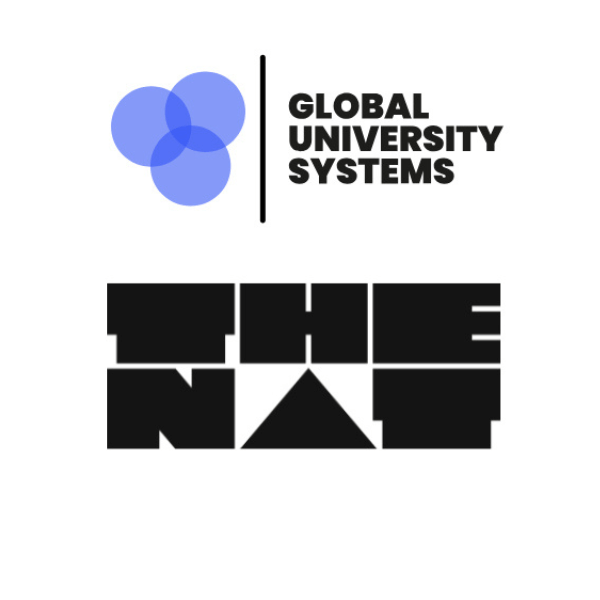Malaysia’s strategic positioning as an affordable, culturally diverse study destination is paying dividends as Western nations tighten international student policies. The Southeast Asian nation is experiencing unprecedented growth in foreign student applications, particularly from East Asian markets.
**Key Points**
- Chinese student applications nearly doubled from 12,000 in 2019 to 26,630 in 2023, making China Malaysia’s largest source market
- Malaysia offers significantly lower costs than traditional destinations—two-thirds less expensive than the US with average annual tuition of $6,000
- The country’s Graduate Pass program now extends post-study work rights to students from 23 countries through 2026
- Asian and African nations dominate all top 10 sending markets, with Bangladesh showing 94% application growth in 2023
- 65% of Malaysian universities improved their QS world rankings position in 2025, outpacing global competitors
Why is Malaysia’s growing appeal as a study destination reshaping global education flows?
Malaysia has positioned itself strategically within the competitive international education landscape through a combination of affordability, quality, and cultural accessibility. Consequently, the nation continues attracting students who might previously have chosen traditional Western destinations.
The country’s educational infrastructure includes eight universities ranked in the top 500 QS World University Rankings for 2025. Moreover, Malaysia’s cost advantages are substantial—living expenses run approximately two-thirds lower than the United States and half the cost of Canada or Ireland.
What makes Malaysia particularly attractive to international students?
Cultural and religious alignment drives market appeal
Malaysia’s Muslim-majority population creates natural appeal among prospective students from Bangladesh, Indonesia, Nigeria, Pakistan, and Egypt. Additionally, the presence of Chinese-speaking communities resonates with families prioritizing safety, comfort, and proximity—factors that gained prominence during the pandemic.
These cultural connections complement Malaysia’s academic offerings, where annual undergraduate tuition averages just $6,000. In contrast, students face significantly higher costs at traditional Western destinations experiencing regulatory pressures.
Which countries are driving Malaysia’s international student growth?
East Asian dominance reshapes enrollment patterns
According to data from Education Malaysia Global Services (EMGS), all top 10 sending markets in 2023 originated from Asia and Africa. The official application data reveals dramatic growth across key markets:
- China: 26,630 applications (+21% from 2022)
- Bangladesh: 6,570 applications (+94%)
- Indonesia: 4,310 applications (+19%)
- Pakistan: 1,940 applications (+42%)
- India: 1,900 applications (+18%)
- Yemen: 1,770 applications (+32%)
- Nigeria: 1,420 applications (-10%)
- Japan: 1,400 applications (+29%)
- Sudan: 1,310 applications (+60%)
- Egypt: 880 applications (+12%)
Notably, applications from East Asian students nearly tripled between Q2 and Q3 2024, driven primarily by Chinese student interest. This surge aligns with Malaysia’s official goal of attracting 250,000 international students by 2025.
How do Malaysia’s post-study work policies influence student decisions?
Graduate Pass program expands strategically
The Malaysian government implemented selective post-study work policies through its 12-month Graduate Pass program. Initially, students from 23 countries—including Australia, the US, the UK, Germany, Japan, Singapore, Saudi Arabia, and the UAE—became eligible for this opportunity.
These countries were chosen based on Malaysia’s pursuit of two-way internationalization with nations hosting the most Malaysian students abroad. Furthermore, the program expanded in 2024 to include certain Indian and Chinese students under specific conditions, with the policy now extended through 2026.
The Graduate Pass expansion appears to be generating significant market interest.
Malaysia’s share of global page views on education search platforms increased by approximately 25% this year, with particularly strong growth from the US, Saudi Arabia, and the UAE markets.
What academic programs attract the most international students?
Degree programs dominate with graduate-level growth
International students primarily pursue degree programs in Malaysia, with undergraduate degrees remaining most popular overall. However, applications for master’s programs have more than doubled since 2019, while doctoral-level applications nearly doubled during the same period.
The fields of social sciences, business, and law continue attracting the highest volumes of international students. This pattern reflects Malaysia’s strengthening position in professional education sectors.
How does Malaysia compare to struggling Western destinations?
Asian investment contrasts with Western regulatory challenges
Western universities increasingly struggle with regulatory changes that challenge international student recruitment capabilities. For instance, Canada’s government actively works to curb international student numbers despite institutions’ dependence on international tuition revenue due to chronic government underfunding.
Consequently, many Canadian institutions—particularly colleges affected by new immigration regulations—may struggle or close in 2025 without additional funding. Meanwhile, our analysis shows Asian destinations are investing more heavily in education and international recruitment.
According to Benjamin Laker writing in Forbes, Asian institutions are engaging in “competitive leapfrogging”—strategically capitalizing on gaps left by established Western leaders through innovation, investment, and alignment with future trends.
Malaysia leads regional ranking improvements
Asian institutions demonstrate increasing presence in world university rankings, with Malaysia rising fastest among regional competitors. In the QS 2025 world rankings, 65% of Malaysian universities improved their positions—a remarkable achievement in the competitive global landscape.
Malaysian Prime Minister Anwar Ibrahim outlined the strategic approach underpinning this success: “Our goal is to create a pipeline of talent that meets industry demands while maintaining academic excellence. Investing in innovation is not just about economic gains—it is about positioning Malaysia as a hub for technological and intellectual leadership.”
Bottom Line
Malaysia’s growing appeal as a study destination reflects broader shifts in global education patterns as traditional Western destinations face regulatory constraints and funding challenges. The country’s strategic combination of affordability, quality education, cultural accessibility, and expanding post-study work opportunities positions it advantageously for continued growth.
The implications extend beyond enrollment numbers—Malaysia’s approach represents what Laker describes as “reshaping the balance of academic power” with potential impacts on global talent flows, research funding, and academic influence distribution for years to come. As Western institutions grapple with policy uncertainties, Malaysia’s forward-looking investment in education infrastructure and international recruitment creates a compelling alternative for students worldwide.





